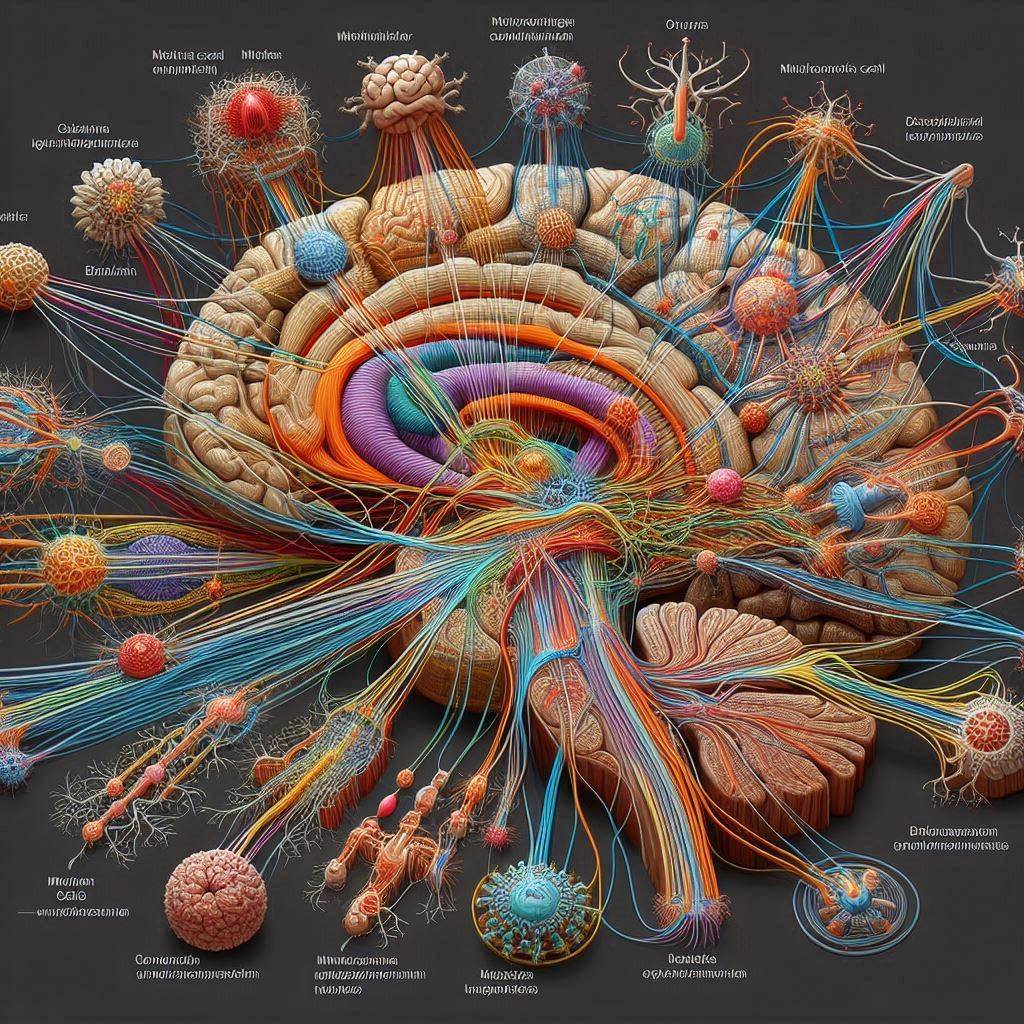The cough reflex is a complex neurophysiological process that involves the coordination of sensory receptors, afferent pathways, and central processing. Let's break down the primary mechanisms involved in the initiation and modulation of cough:
-
Sensory receptors:
-
Cough receptors, a subtype of rapidly adapting receptors (RARs), are the primary sensory receptors involved in the cough reflex. These receptors are located in the epithelium of the upper and lower respiratory tract, particularly in the larynx, trachea, and bronchi.
-
Cough receptors are sensitive to various mechanical and chemical stimuli, such as inhaled irritants, inflammation, and changes in airway surface liquid volume or composition.
-
Other sensory receptors, such as C-fiber receptors and slowly adapting receptors (SARs), may also contribute to the cough reflex, particularly in response to chemical stimuli and airway distension.
-
-
Afferent pathways:
-
When cough receptors are activated, they send afferent signals via the vagus nerve (cranial nerve X) to the brainstem.
-
The afferent fibers from the vagus nerve synapse in the nucleus tractus solitarius (NTS) in the medulla oblongata, which is the primary relay center for respiratory sensory information.
-
The NTS integrates the sensory input and sends projections to other brainstem regions involved in the cough reflex, such as the pontine respiratory group and the medullary respiratory network.
-
-
Central processing:
-
The brainstem respiratory network, which includes the NTS, the pontine respiratory group, and the medullary respiratory centers, is responsible for the central processing and coordination of the cough reflex.
-
The NTS integrates the sensory input from the cough receptors and sends excitatory signals to the pontine respiratory group and the medullary respiratory centers, which generate the motor output for the cough reflex.
-
The motor output from the brainstem involves the coordinated activation of respiratory muscles, such as the diaphragm, intercostal muscles, and abdominal muscles, to produce the characteristic pattern of cough: a deep inhalation followed by a forceful expiratory effort against a closed glottis.
-
-
Modulation of cough:
-
The cough reflex can be modulated by various neural and chemical factors, both at the level of the sensory receptors and the central processing.
-
Peripheral sensitization of cough receptors, due to inflammation or other factors, can lower the threshold for cough initiation and increase the frequency and intensity of cough.
-
Central sensitization, involving the plasticity of the brainstem respiratory network, can also contribute to the persistence and exaggeration of cough, particularly in chronic cough conditions.
-
Higher brain centers, such as the cerebral cortex and the limbic system, can also influence the cough reflex through voluntary control and emotional processing, respectively.
-
Understanding the neurophysiological mechanisms of the cough reflex is crucial for developing targeted therapies for cough disorders. For example, peripheral antitussive agents can act on the sensory receptors to reduce their sensitivity, while central antitussives can modulate the activity of the brainstem respiratory network to suppress the cough motor output. Non-pharmacological interventions, such as speech therapy and respiratory muscle training, can also help modulate the cough reflex by altering the sensory input and motor output of the cough pathway.
